#museums of ukraine
Text
Stolen treasures of Ukraine
russia's invasion of Ukraine is being accompanied by the destruction and pillaging of historical sites and treasures on an industrial scale.
Museums are now resorting to showing replicas in place of some of their most valuable artifacts.

👆A golden tiara, inlaid with precious stones by master craftsmen some 1,500 years ago, was one of the world’s most valuable artifacts from the blood-letting rule of Attila the Hun, who rampaged with horseback warriors deep into Europe in the fifth century.
Workers hid the Hun diadem and hundreds of other treasures in February when russian troops stormed the southern city of Melitopol. But after weeks of repeated searches, soldiers discovered the building's secret basement, where staff had squirrelled away the museum's most precious objects, and carted the priceless artifacts away.
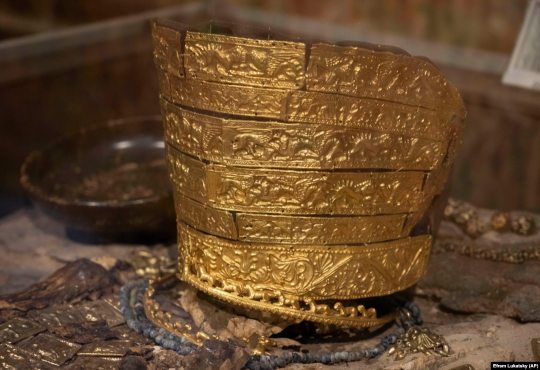
👆Ukraine's museums must now resort to showcasing replicas, such as this copy of a fourth-century B.C. golden ceremonial headgear, an ancient treasure from a Scythian king's burial mound that is displayed at the Museum of Historical Treasures in Kyiv.
Or in other cases, they exhibit nothing at all.
When russian forces sought, unsuccessfully, to encircle the capital, Natalia Panchenko, the director of Kyiv's Museum of Historical Treasures of Ukraine, lived in the museum in the hope of securing its artifacts.
“We were afraid of the russian occupiers, because they destroy everything that can be identified as Ukrainian,” she said.
👇A replica of a fourth-century B.C. golden diadem from an ancient Scythian burial mound is exhibited in the Museum of Historical Treasures in Kyiv.

According to Panchenko, many of the museum artifacts have been relocated and reproductions now occupy their former places.
"These things were fragile. They survived hundreds of years," she said. "We couldn’t stand the thought they could be lost."
Another replica of a fourth-century B.C. golden ritual quiver, an ancient treasure from a Scythian king's burial mound, is displayed in Kyiv.👇
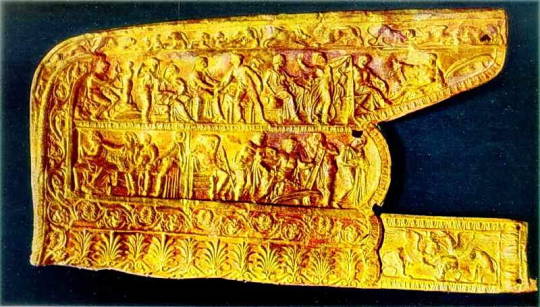
Ukraine's Culture Minister Oleksandr Tkachenko alleged that russian "soldiers" had looted thousands of artifacts from almost 40 Ukrainian museums in an interview with AP.
An ancient treasure from a Scythian king's burial mound, exhibited in the Museum of Historical Treasures in Kyiv.👇

Tkachenko said the looting and destruction of cultural sites has caused losses estimated in the hundreds of millions of dollars.
"The attitude of russians toward Ukrainian culture heritage is a war crime," Tkachenko told AP.
"These are ancient finds. These are works of art. They are priceless,” said Oleksandr Symonenko, chief researcher at Ukraine's Institute of Archaeology. “If culture disappears, it is an irreparable disaster.”
#ukraine#war in ukraine#stolen treasures of Ukraine#stolen relics#stolen relics of Ukraine#russia is a terrorist state#russia is a state of looters#stolen treasures#relics of ancient times#war crimes#war 2022#museum#museums of ukraine#stand with ukraine#ukrainian tumblr
256 notes
·
View notes
Text
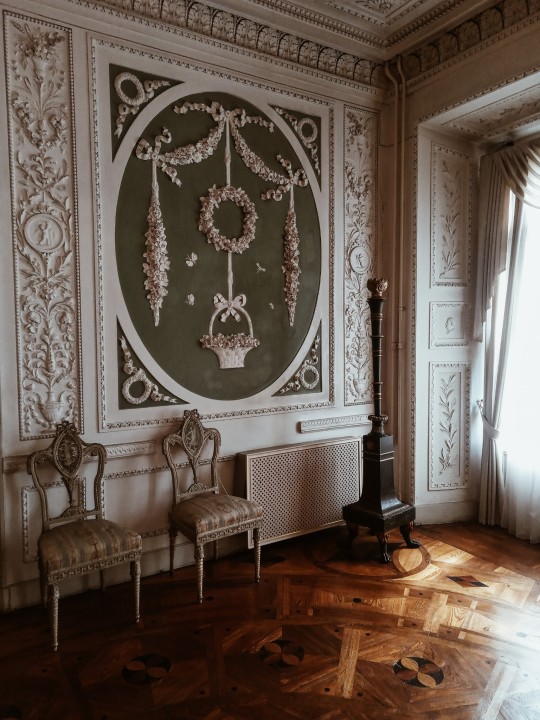
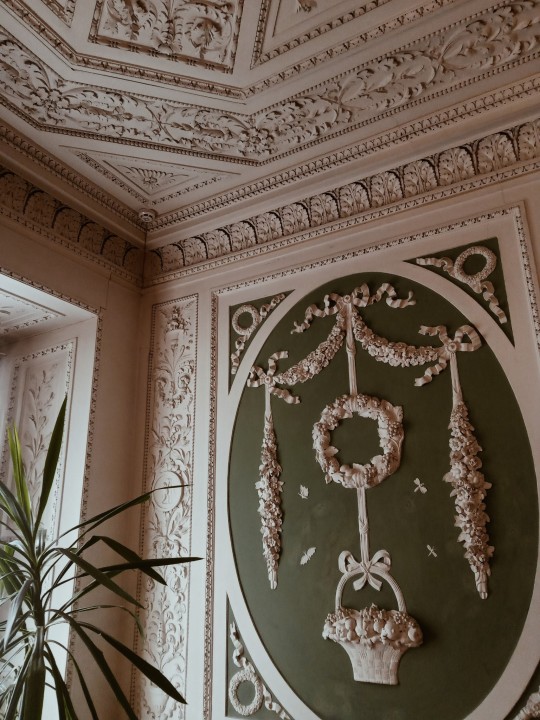

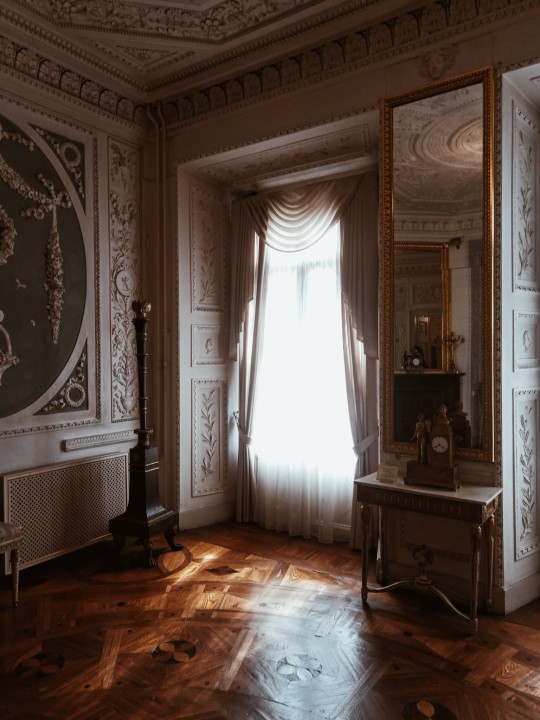
Lviv, Ukraine
#Lviv#Ukraine#Museum#Palace#architecture#cozy places#Art#History#sculpture#Museums of Ukraine#history of art#old fashioned
18 notes
·
View notes
Text
I got a job at a Ukrainian museum.
On the first day someone asks me if I have any Ukrainian heritage. I say I had ancestors from Odesa, but they were Jewish, so they weren’t considered Ukrainian, and they wouldn’t have considered themselves Ukrainian. My job is every day I go through boxes of Ukrainian textiles and I write a physical description, take measurements, take photographs, and upload everything into the database. I look up “Jewish” in the database and there is no result.
Some objects have no context at all, some come with handwritten notes or related documents. I look at thick hand-spun, hand-woven linen heavy with embroidery. Embroidery they say can take a year or more. I think of someone dressed for a wedding in their best clothes they made with their own hands. Some shirts were donated with photographs of the original owners dressed in them, for a dance at the Ukrainian Labour Temple, in 1935. I handle the pieces carefully, looking at how they fit the men in the photos, and how they look almost a hundred years later packed in acid-free tissue. One of the men died a few years later, in the war. He was younger than I am now. The military archive has more photographs of him with his mother, his father, his fiancé. I take care in writing the catalogue entry, breathing in the history, getting tearful.
I imagine people dressed in their best shirts at Easter, going around town in their best shirts burning the houses of Jews, in their best shirts, killing Jews. A shirt with dense embroidery all over the sleeves and chest has a note that says it is from Husiatyn. I look it up and find that it was largely a Jewish town, and Ukrainians lived in the outskirts. There is a fortress synagogue from the Renaissance period, now abandoned.
When my partner Aaron visits I take him to an event at the museum where a man shows his collection of over fifty musical instruments from Ukraine, and he plays each one. Children are seated on the floor at the front. We’re standing in a corner, the room full of Ukrainians, very aware that we look like Jews, but not sure if anyone recognizes what that looks like anymore. Aaron gets emotional over a song played on the bandura.
A note with a dress says it came from the Buchach region. I find a story of Jewish life in Buchach in the early twentieth century, preparing to flee as the Nazis take over. I cry over this.
I’m cataloguing a set of commemorative ribbons that were placed on the grave of a Ukrainian Nationalist leader, Yevhen Konovalets, after he was assassinated. The ribbons were collected and stored by another Nationalist, Andriy Melnyk, who took over leadership after Konovalets’ death. The ribbons are painted or embroidered with messages honouring the dead politician. I start to recognize the word for “leader”, the Cyrillic letters which make up the name of the colonel, the letters “OYH” which stand for Organization of Ukrainian Nationalists (OUN in English). The OUN played a big part in the Lviv pogroms in 1941, I learn. The Wikipedia article has a black and white image of a woman in her underwear, running in terror from a man and a young boy carrying a stick of wood. The woman’s face is dark, her nose may be bleeding. Her underwear is torn, her breast exposed. I’m measuring, photographing, recording the stains and loose threads in the banners that honour men who would have done this to me.
Every day I can’t stop looking at my phone, looking up the news from Gaza, tapping through Instagram stories that show what the news won’t. Half my family won’t talk to the other half, after I share an article by a scholar of Holocaust and genocide studies, who says Israel is committing a genocide. My dad makes a comment that compares Gaza to the Warsaw Ghetto. This gets him in trouble. My aunt says I must have learned this antisemitism at university, but there is no excuse for my dad.
This morning I see images from Israeli attacks in the West Bank, where they are not at war. There are naked bodies on the dusty ground. I’m not sure if they are alive. This is what I think of when I see the image from the Lviv pogrom. If what it means for Jews to be safe from oppression is to become the oppressor, I don’t want safety. I don’t want to speak about Jews as if we are one People, because I have so little in common with those in green uniforms and tanks. I am called a self-hating Jew but I think I am a self-reflecting Jew.
I don’t know how to articulate how it feels to be handling objects which remind me of Jewish traumas I inherited only from history classes and books. Textiles hold evidence of the bodies that made them and used them. I measure the waist of a skirt and notice that it is the same as my waist size. I think of clothing and textiles that were looted from Jewish homes during pogroms. I think of clothing and textiles that were looted from Palestinian homes during the ongoing Nakba. Clothes hold the shape of the body that once dressed in them. Sometimes there are tears, mends, stains. I am rummaging through personal belongings in my nitrile gloves.
I am hands-on learning about the violence caused by Ukrainian Nationalism while more than nine thousand Palestinians have been killed by the State of Israel in three weeks, not to mention all those who have been killed in the last seventy-five years of occupation, in the name of the Jewish Nation, the Jewish People — me? If we (and I am hesitant to say “we”) learned anything from the centuries of being killed, it was how to kill. This should not have been the lesson learned. Zionism wants us to feel constantly like the victims, like we need to defend ourself, like violence is necessary, inevitable. I need community that believes in freedom for all, not just our own People. I need the half of my family who believes in this necessary “self-defence” to remember our history, and not just the one that ends happily ever after with the creation of the State of Israel. Genocide should not be this controversial. We should not be okay with this.
Tomorrow I will go to work and keep cataloguing banners that honour the leader of an organization which led pogroms. I will keep checking the news, crying into my phone, coordinating with organizers about our next actions, grappling with how we can be a tiny part in ending this genocide that the world won’t acknowledge, out of guilt over the ones it ignored long ago.
7K notes
·
View notes
Text

Moscow Auction House Sells a $1 Million Painting Stolen from a Ukrainian Museum
In Russia, Ukrainian artist Ivan Aivazovsky’s painting “Moonlit Night” has been put up for auction, according to Ukraine’s former Deputy Attorney General and Prosecutor of the Autonomous Republic of Crimea, Gyunduz Mamedov, who has reported the auction plans.
Russia’s looting and destruction of Ukrainian museums and cultural heritage sites have resulted in significant losses, with nearly 40 museums plundered and almost 700 heritage sites damaged or destroyed since the invasion began in February 2022, causing cultural losses estimated in the hundreds of millions of euros.
The first report that “Moonlit Night” will be the main lot of the auction, which will take place at the Moscow Auction House on 18 February, appeared on the Telegram channel by Russia’s state-funded news agency RIA Novosti, noting that the painting was estimated at 100 million rubles (approximately $1.09 million) before the sale.
‘In 2017, [Interpol], at the request of [Prosecutor’s Office of the Republic of Crimea], put the paintings on the international wanted list. Thus, Russia openly disregards [international law], as according to the 1970 UNESCO Convention, the export of cultural properties and transfer of ownership is prohibited,” Mamedov emphasized on X.
In 2014, during the early stages of Russia’s occupation of Crimea, Aivazovsky’s painting “Moonlit Night” was illegally transferred to the Simferopol Art Museum, along with 52 other artworks.
In 2022, during the Russian invasion of Ukraine, some of his works were destroyed in an airstrike on the Kuindzhi Art Museum in Mariupol, and others were looted by Russian forces from Mariupol and Kherson museums, including “The Storm Subsides,” which was moved to the Central Taurida Museum in Simferopol, Crimea.
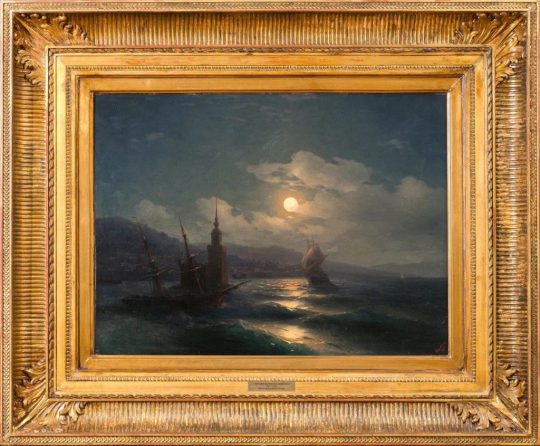
#Ivan Aivazovsky#ukraine#russia#russian war crimes#looted art#stolen art#Ivan Aivazovsky 'Moonlit Night'#art#artist#art work#art world#art news#Moscow Auction House Sells a $1 Million Painting Stolen from a Ukrainian Museum
478 notes
·
View notes
Text

Kirovohrad Local Lore Museum - Kropyvnytskyi, UKRAINE
#kirovohrad museum#kropyvnytskyi#ukranian architecture#art nouveau house#art nouveau building#art nouveau door#art nouveau entrance#ukraine#ucrania#europe#europa
1K notes
·
View notes
Text
There are three types of Ukrainian artists. Those who were killed by russia, those who were repressed by russia and those whose legacy was stolen by russia. Armenian-Ukrainian artist Ivan Aivazovsky belongs to the third category. So here I present 6 fun facts about his life.
••••••••••••••••••••••••••••••••••
1. For almost an entire life he lived in the city of Feodosia in Crimea. He loved the city and was its patron, he financed museums, galleries and the development of the city.
For example, when the ancient Armenian church of Surb-Sarkis burned down, the restoration was carried out at the personal expense of Ivan Aivazovsky. From year to year, the painter donated the author's icons to the Church of St. Sergius - "Walking on Water" (1888; oil on canvas, 70 x 50), "The Last Supper" (1890; oil on canvas, 44 x 60), "The Virgin and Child ” (1891; oil on canvas; 125 x 103 cm), “Prayer for the Chalice” (1897; oil on canvas; 94 x 72).

Feodosia. Moonlit night, Ivan Aivazovsky, 1852, 29x36cm, oil on canvas, private collection
••••••••••••••••••••••••••••••••••
2. History and archeology were his huge hobbies. He even participated in archeological digs. Though he hated reading.

Chumaks leisure, Ivan Aivazovsky, 1885, oil on canvas, Belarusian National Arts Museum
••••••••••••••••••••••••••••••••••
3. He created his marine landscapes not on the coast but in his workshop from memory.

The Ninth Wave, Ivan Aivazovsky, 1850, 221x322cm, oil on canvas, State russian museum
••••••••••••••••••••••••••••••••••
4. He was the first Ukrainian artist to be exhibited in the Louvre.

View of the island of Capri, Ivan Aivazovsky, 1845, 40x57cm, oil on canvas, Kyiv National Art Gallery
••••••••••••••••••••••••••••••••••
5. Pope Gregory XVI (Gregorius PP. XVI; 1765-1846) unexpectedly wished to purchase a painting by an artist from Feodosia for the Vatican. So, at the beginning of 1841, the marinist repeated the seascape in his own way and, kneeling down, personally presented it to the Pontiff. Touched by the artist's noble gesture, in the late autumn of 1841, the governor of St. Peter personally awarded the Ukrainian Armenian with the Order of St. Sylvester and the Golden Militia.

Chaos. Creation of the world, Ivan Aivazovsky, 1841
••••••••••••••••••••••••••••••••••
In 2023, during the bloody occupation of the Ukrainian city of Kherson by russians, not only were thousands of civilians tortured and killed, but numerous museums were also robbed. Three paintings by Ivan Aivazovsky were stolen from the Kherson National Museum of Art, along with thousands of artefacts from all over the country. The stolen paintings are: "The Storm Subsides," "The Sea," and "View of the City of Odesa." Reminder: Such actions are a direct violation of the Geneva Conventions.
Support Ukraine!

In Ukrainian text states: STOLEN! Ivan Aivazovsky, View of the City of Odesa, oil on canvas
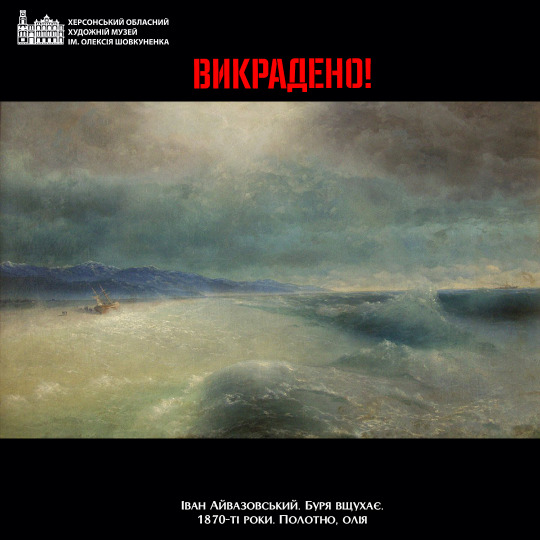
In Ukrainian text states: STOLEN! Ivan Aivazovsky, The Storm Subsides, oil on canvas
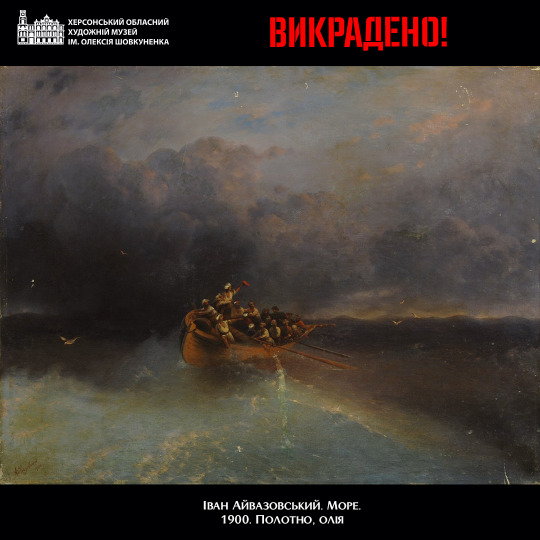
In Ukrainian text states: STOLEN! Ivan Aivazovsky, The Sea, oil on canvas
#art#art history#painting#artwork#museum#sea#ivan aivazovsky#ukrainian art#ukraine#support ukraine#russia is a terrorist state
223 notes
·
View notes
Text


Holodomor Museum keeps the memory of innocent Ukrainians killed with the man-made famine (known as Holodomor, the Great Famine of 1932-1933) organized by the soviet government. The number of the dead in the genocide varies from 4,5 to 10 million people, according to different researchers.
My late grandma remembered this horror for all her life. She was 8 that time. Her smaller sisters and brothers, 4 kids in our family, died from hunger in Holodomor. I remember that my grandma kept the packages full of dry bread in the nightstand till her last day.
90 years passed. The terrorist state of russia continues to commit its awful crimes, blackmailing the whole world with famine. Slogans like "Never again" are not working. They never did.
#ukraine#kyiv#kyiv ukraine#kyivphoto#memorial#museum#genocide#holodomor#russia is a terrorist state#russian crimes#russian invasion#standwithukraine#being ukrainian is#український tumblr#український тамблер
321 notes
·
View notes
Text

Shevchenkivsʹkyy Hay, Ukraine
#cats#architectureview#architecturalview#architecturephotography#wooden architecture#wood#wood beams#roofing#cat#original photographers#view#photography#travel#photographers on tumblr#tumbltphoto#tumblr photography#illustrators on tumblr#ukraine#lviv#old aesthetic#museum#culture#exterior
124 notes
·
View notes
Text

Early 20th century. Collection of Ivan Honchar Museum in Kyiv, Ukraine.
#feel like im losing my mind because the ivan honchar museum has this photograph in their collection. author unknown. and it says two young#men but you see it right it's most definitely two women in traditional ukrainian men's attire.. oughh look at them. i'm going crazy.#folk clothing#ukraine
240 notes
·
View notes
Text

Ukrainian Folk Dance, Teodor Axentowicz, 1895
#art#art history#Teodor Axentowicz#genre painting#Ukraine#Polish art#Polish-Armenian art#19th century art#oil on canvas#National Museum in Warsaw
531 notes
·
View notes
Text
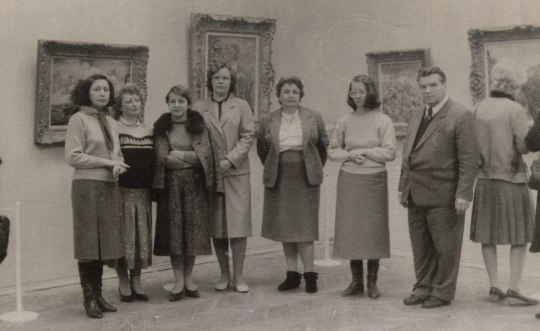
The staff of the National Art Museum in Kyiv at an exhibition, 1986
68 notes
·
View notes
Text
The ruzzians looted the Kherson art museum and brought valuable works of the XVII-XX centuries to Simferopol. Kherson is under temporary occupation now. And then you ask why precious 🇺🇦 artworks in russian museums? Because they stole it.
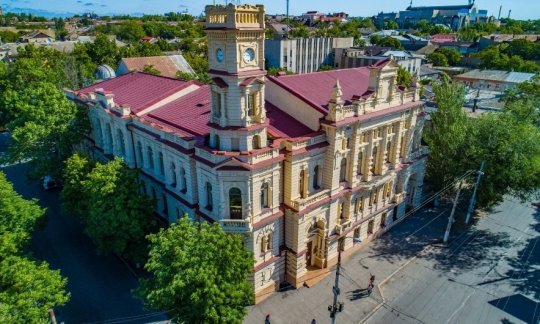


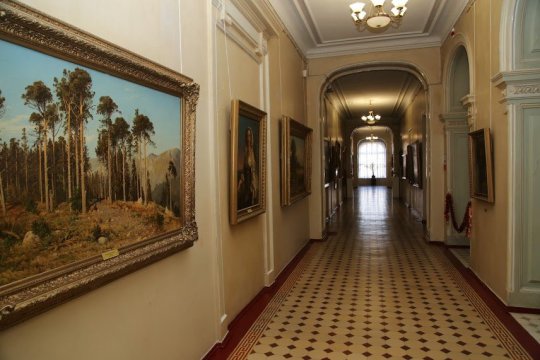


#ukraine#art#museums of ukraine#stolen relics#russian invasion#kherson#city under occupation#war in ukraine#war 2022#stolen treasures#stolen treasures of ukraine#kherson art museum is empty#russia city of looters and rapists#pray for ukraine#war zone#russia war criminal#russia is a terrorist state#russia looted kherson art museum#stolen art
102 notes
·
View notes
Text




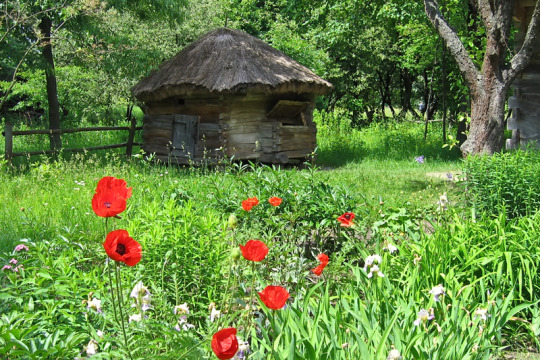
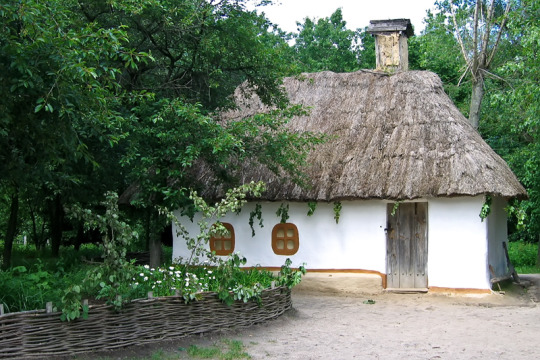
Pyrohiv 2006 (2) (3) (4) (5) (6) by Eugenia
Via Flickr:
An outdoor Museum of Folk Architecture and Life of Ukraine
108 notes
·
View notes
Text
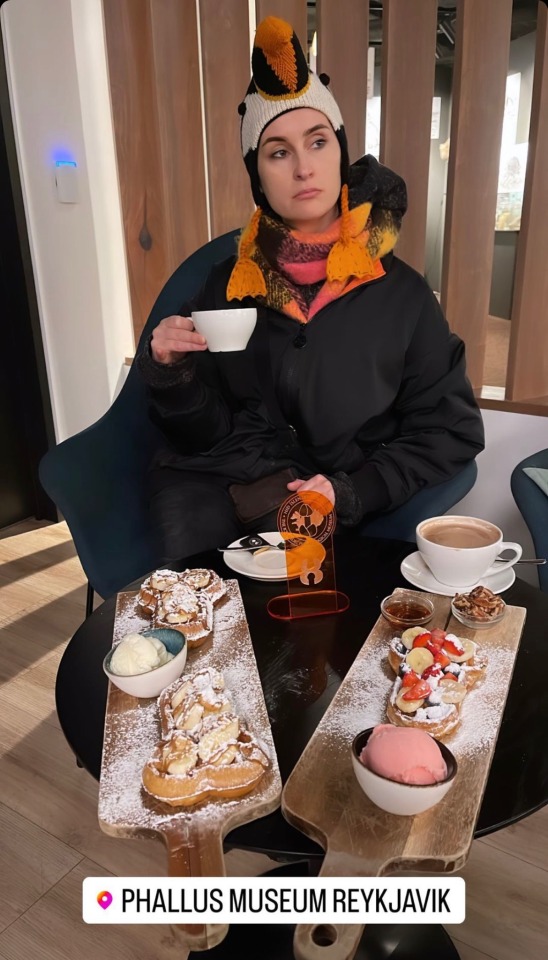


83 notes
·
View notes
Photo

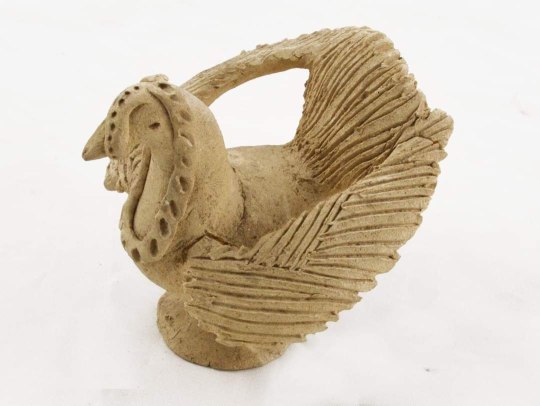


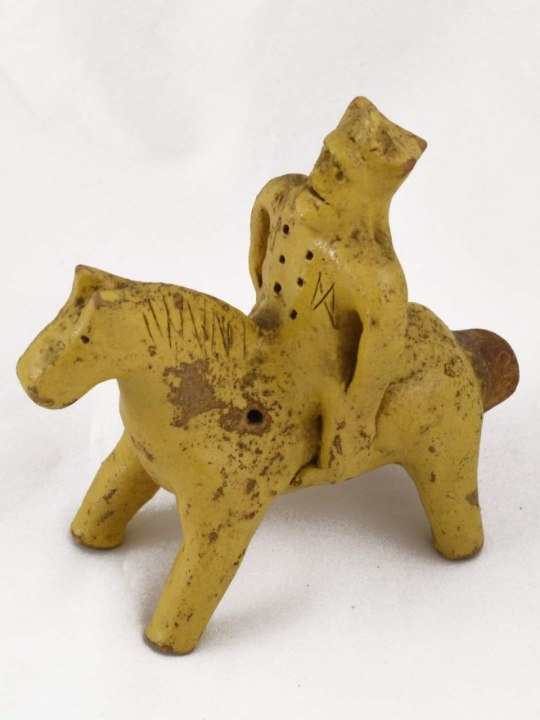
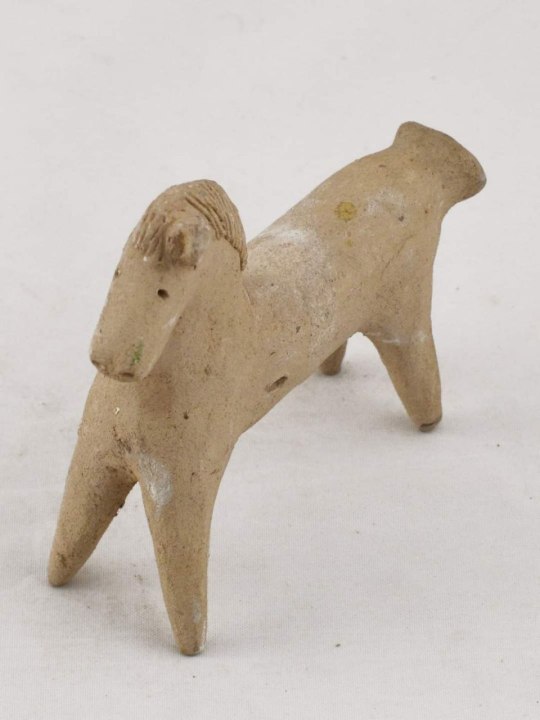

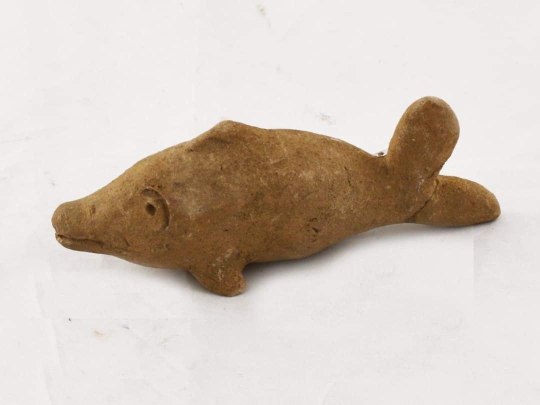

Дитячі іграшки - свищики - з колекції Кременецького краєзнавчого музею (Тернопільська область)
Children's toys - whistles - from the collection of the Kremenets Museum of Local History (Ternopil region, Ukraine)
Source https://www.facebook.com/kremenetsmuseum/
#ukraine#culture#folk culture#crafting#clay crafts#toys#clay toys#children#museum#history of childhood#ceramics#kremenets#whistles#local history
1K notes
·
View notes